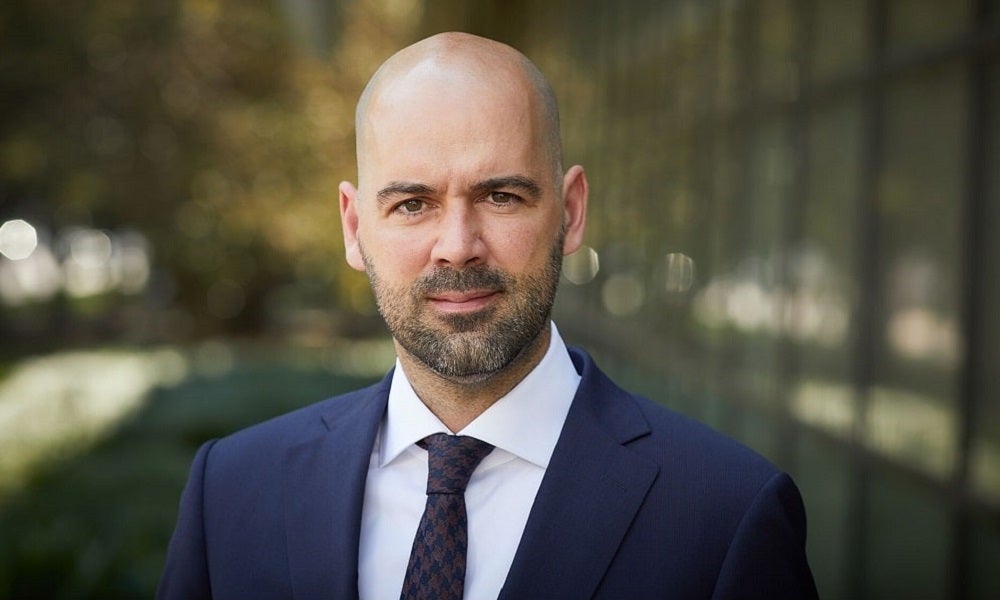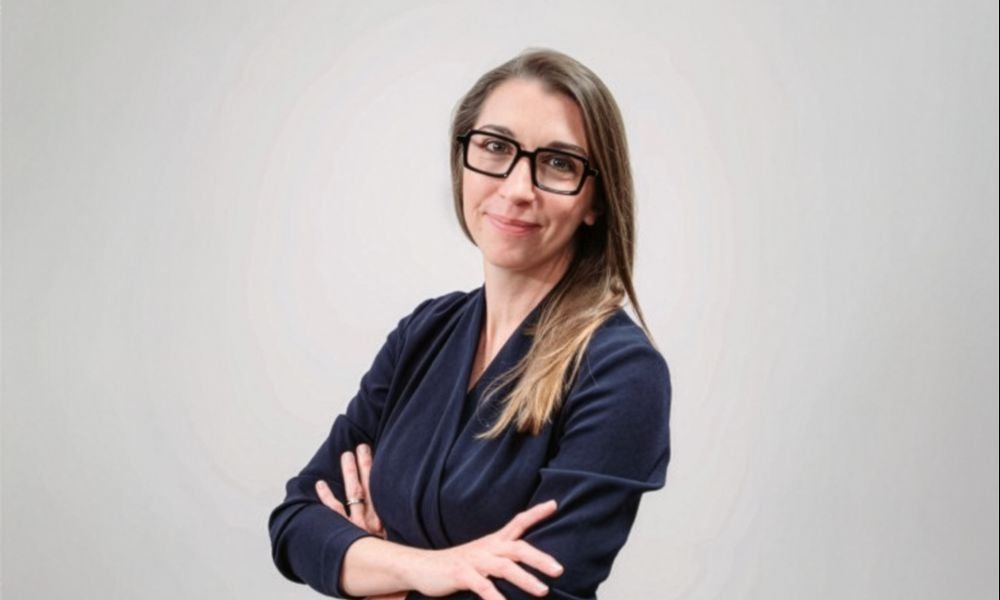How connecting the dots between your career dreams drives success
Research has found that professionals who see connections between multiple career interests generate more energy and drive
When professionals imagine their future careers, they rarely envision a neat, singular path. Consider a marketing manager who envisions leading a creative team while also diving deep into data analytics. Or a software developer pictures himself coding innovative solutions and mentoring junior colleagues. A consultant imagines herself delivering strategic advice to clients while building her own side business. These professionals face a common dilemma: their career aspirations pull them in multiple directions. Are these competing visions distracting, or can they coexist in productive ways?
Traditional career advice offers little comfort. A traditional approach focused on one path in which professionals “stay in their lane” is increasingly disconnected from how professionals actually navigate their careers – particularly in dynamic work environments where roles blend technical expertise with leadership, individual contribution with collaboration, and stability with innovation. Portfolio careers are increasingly common as well, with people working multiple jobs or taking on side hustles in addition to their full-time employment.
New research published in Organization Science examines how professionals navigate this multiplicity of possibilities. It challenges a longstanding assumption in career development: that success requires a clear, focused vision of one's future self. Instead, the researchers found that what matters is not eliminating complexity but finding “complementarity” – seeing how different aspects of one's imagined future enhance each other.

“We wanted to challenge the idea that having multiple ambitions is a weakness,” said Karoline Strauss, lead author of the study and Professor of Management at ESSEC Business School. “Many professionals feel pulled in different directions, but those directions can actually reinforce each other. The question isn’t how to choose, but how to connect.”
The network approach to career futures
The research team understood “future selves” as networks of connected thoughts and ideas about who we might become. These representations include everything from imagined relationships and behaviours to anticipated feelings and group memberships. The critical factor was not how clear these visions were, but how well their different elements connected.
"When thinking about one's future work life and career with its seemingly endless possibilities, individuals rarely have a singular 'put together' vision of their future self, in which all components neatly fit together," the researchers wrote.
The research was conducted by Prof. Strauss together with Julija Mell, Associate Professor of Organisational Behaviour at Rotterdam School of Management, Erasmus University, Frederik Anseel, Dean and Professor of Management at UNSW Business School, Annemijn Loermans, Associate Professor at Goldsmiths, University of London, and David Sluss, Professor of Management at ESSEC Business School.
Learn more: Always be learning: the key to Dr Richard Tarvin’s business success
The study introduced the concept of future “self-complementarity”: the degree to which a person’s different ideas about their future selves support and strengthen one another. When people see how different thoughts of their imagined future enhance each other – such as how technical skills can inform leadership decisions, or how client-facing work can inspire creative projects – they experience higher levels of energy and motivation.
“Future self-complementarity is about integration,” Prof. Strauss explained. “It’s the ability to see how the different ideas you hold about your future can fit together to create something coherent and energising.”
The idea for the study originated from a discussion between Professors Karoline Strauss and Frederik Anseel about their own careers. While Prof. Strauss was more wedded to a clear vision for the future, Prof. Anseel found comfort in being able to entertain multiple career options. Further exploration revealed that their discussion was not unique.
In many career and coaching conversations, Prof. Anseel observed that people struggle with the tension between pursuing one clear vision for their career or leaving multiple options open. “What fascinated us was that so many people feel torn between wanting clarity and wanting options,” he said. “In reality, that tension can be productive. When you learn to connect the dots between different possibilities, you’re not scattered, you’re resourceful. You start seeing your career as a system that generates its own energy.”
In a recent TEDx talk, lead author Prof. Strauss shared the story of the research's origins and detailed its findings.
Energy as the missing link
The research identified vitality (the feeling of having energy) as the link between future self-complementarity and career outcomes. In complementary future self-networks, the energy sparked by imagining one possibility can spread to others, amplifying overall energy levels.
“Vitality is the missing link,” Prof. Strauss said. “When people connect their different future ideas, it releases psychological energy, and this plays an important role in moving from thinking about possibilities to acting on them.”
This energy translated into action. Across multiple studies, the researchers found that individuals with higher future self-complementarity engaged in more proactive career behaviour. They sought career advice, developed skills for future roles, and built professional networks more actively than their counterparts with lower complementarity.
Learn more: Jakub Krajcovic on reinventing your career with purpose
The research found that identifying complementary connections between various career dreams is a powerful approach, as its influence on proactive career development is similar to that of more traditional factors, such as having a clear career identity or a focused vision for the future.
“People often believe that having several ambitions means they lack focus,” said Prof. Anseel. “But the research shows the opposite: when those ambitions complement each other, they actually fuel motivation. It’s like a flywheel effect: The excitement you feel about one goal spills over into the others, giving you momentum rather than distraction.”
Rethinking career clarity
The research paper’s findings challenged conventional wisdom in career development. Traditional approaches emphasise possessing a clear and stable picture of one's goals, interests, and talents. Vocational identity theory, for example, suggests that clarity is critical for career management.
However, the research suggests that a future self can be clear while still lacking complementarity. Different elements might be easy to imagine, but contradictory or disconnected. Conversely, even a less vivid future self may motivate career-related behaviour when its elements complement each other.

“Clarity has long been treated as the holy grail of career development,” Prof. Anseel explained. “But clarity without connection can leave you feeling boxed in. What we’re seeing now is that adaptability, understanding how your different strengths and interests can work together, is far more valuable in today’s unpredictable careers.”
“Clarity can be comforting, but it’s not always adaptive,” Prof. Strauss added. “What really matters is connection – understanding how your strengths, interests, and goals can work together across changing circumstances.”
Practical implications for career development
For managers and career coaches, the research suggests moving beyond traditional approaches that prioritise clarity above all else. Instead of pushing professionals to choose a single career path, the focus shifts to helping them identify and build complementary connections among their varied career aspirations.
In practice, this means asking different questions during career conversations. Rather than "What do you want to be in five years?", coaches might ask "How do the different aspects of your future career vision support each other?" or "In what ways could your interest in both strategy and hands-on work be mutually reinforcing rather than conflicting?"
Organisations can also use these insights to create structured pathways that match employees' future self-representations with concrete opportunities. For instance, an organisation might identify an employee who envisions both technical mastery and team leadership. Rather than forcing a choice, HR could design a development plan that pairs advanced technical training with leadership coaching, helping the employee see how deep expertise enhances credibility as a leader, whilst leadership roles provide platforms to apply and share technical knowledge.
Subscribe to BusinessThink for the latest research, analysis and insights from UNSW Business School
This approach serves dual purposes. It promotes proactive career behaviour by acknowledging and energising the multiplicity of possibilities that make up individuals' career visions. It also supports retention, as employees feel their organisation understands and supports their whole career self rather than forcing them into predetermined boxes.
“Our aim is to help people think differently about their careers,” said Prof. Strauss. “Rather than striving for one perfect plan, we want them to see how their different future ideas can interact and generate energy for growth.”
Prof. Anseel concluded: “Careers are less about choosing a single identity and more about designing a portfolio of roles that energise you. When you stop asking ‘Which path should I choose?’ and start asking ‘How do my different paths enrich each other?’ Perhaps that’s where real growth begins.”
The research team has established a website and quiz for individuals, HR leaders, managers, educators and career coaches to help them better understand their future self at work. Quiz participants receive a free individualised feedback report, benchmarking their responses against the wider pool of research participants.
